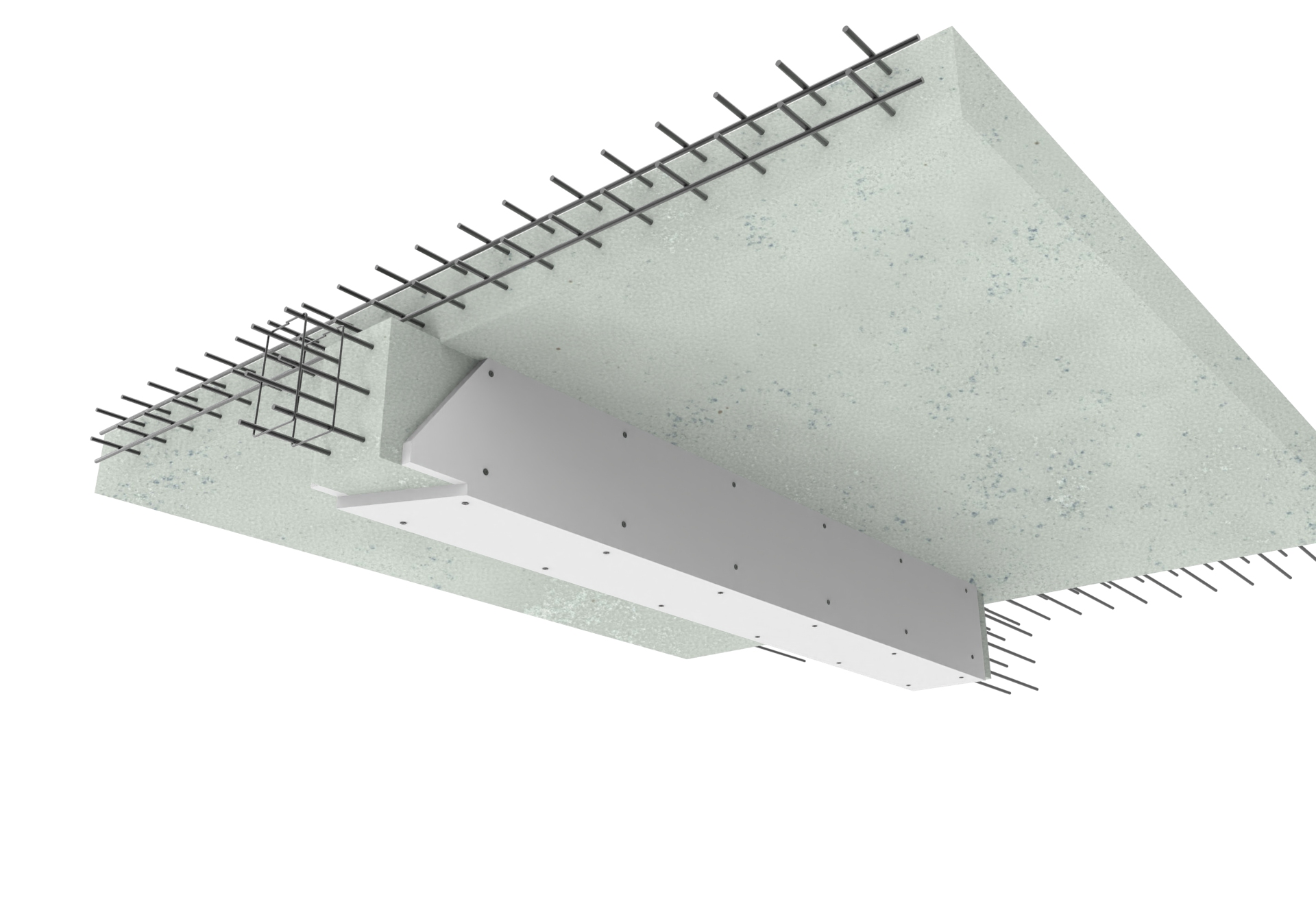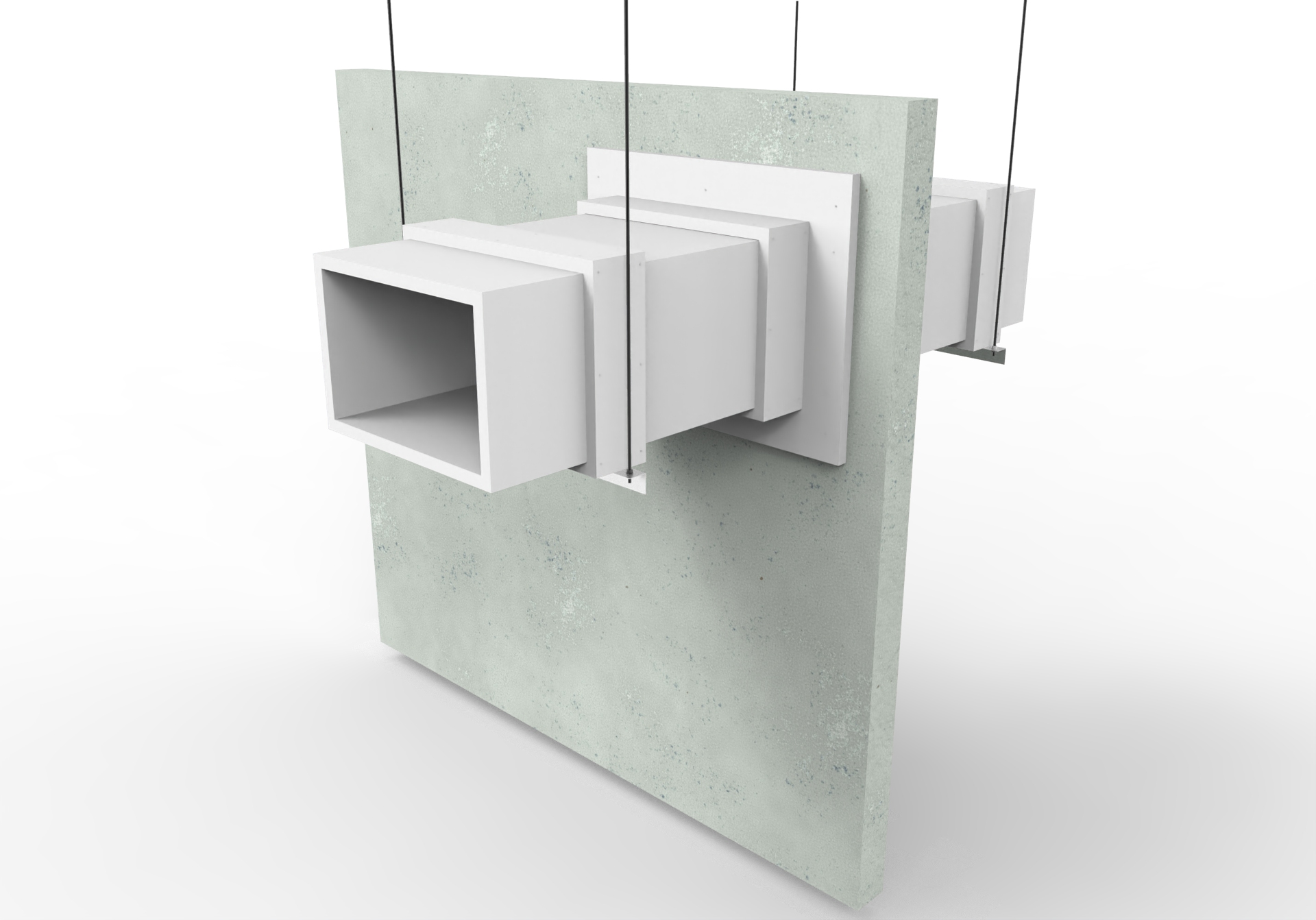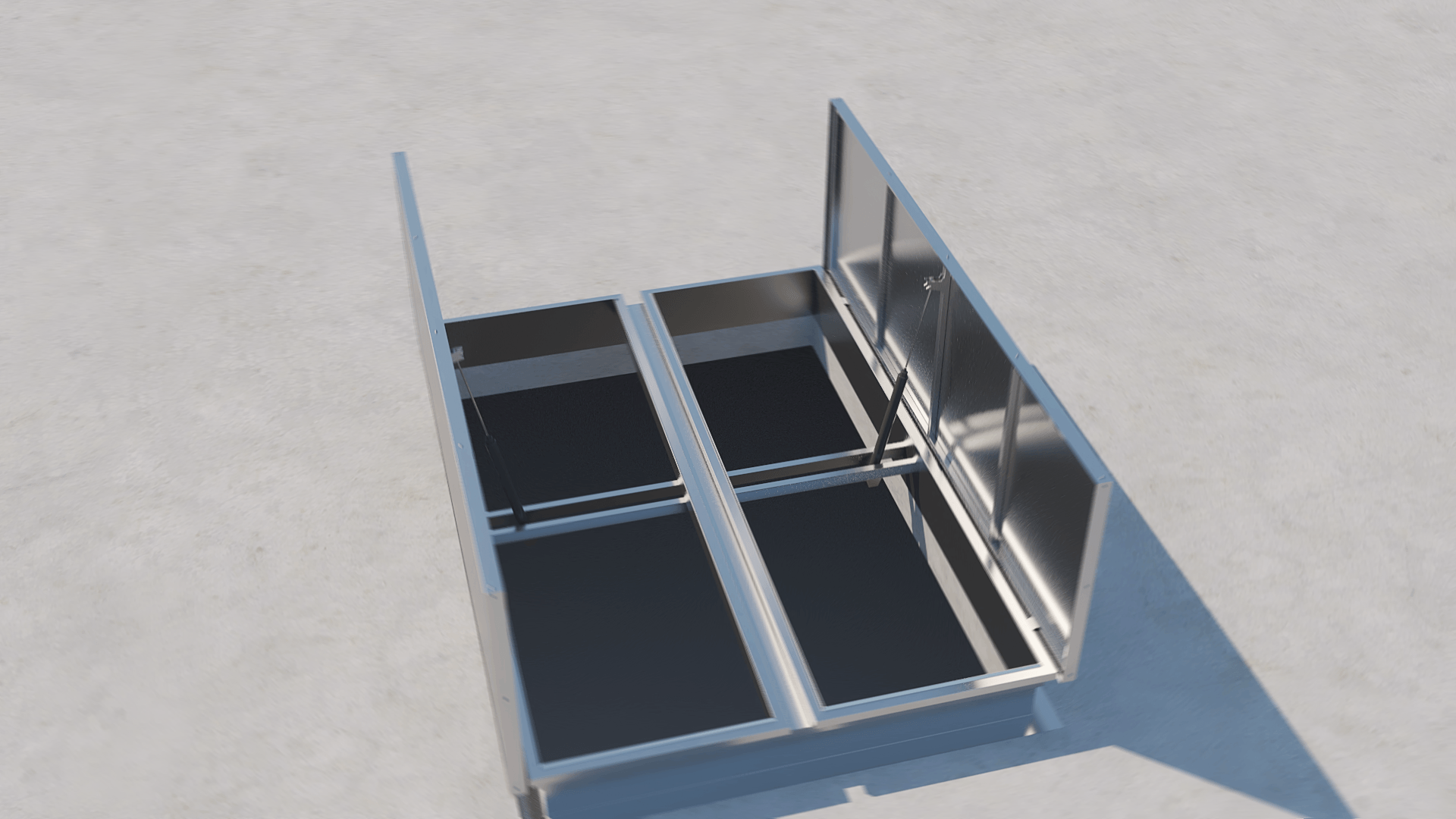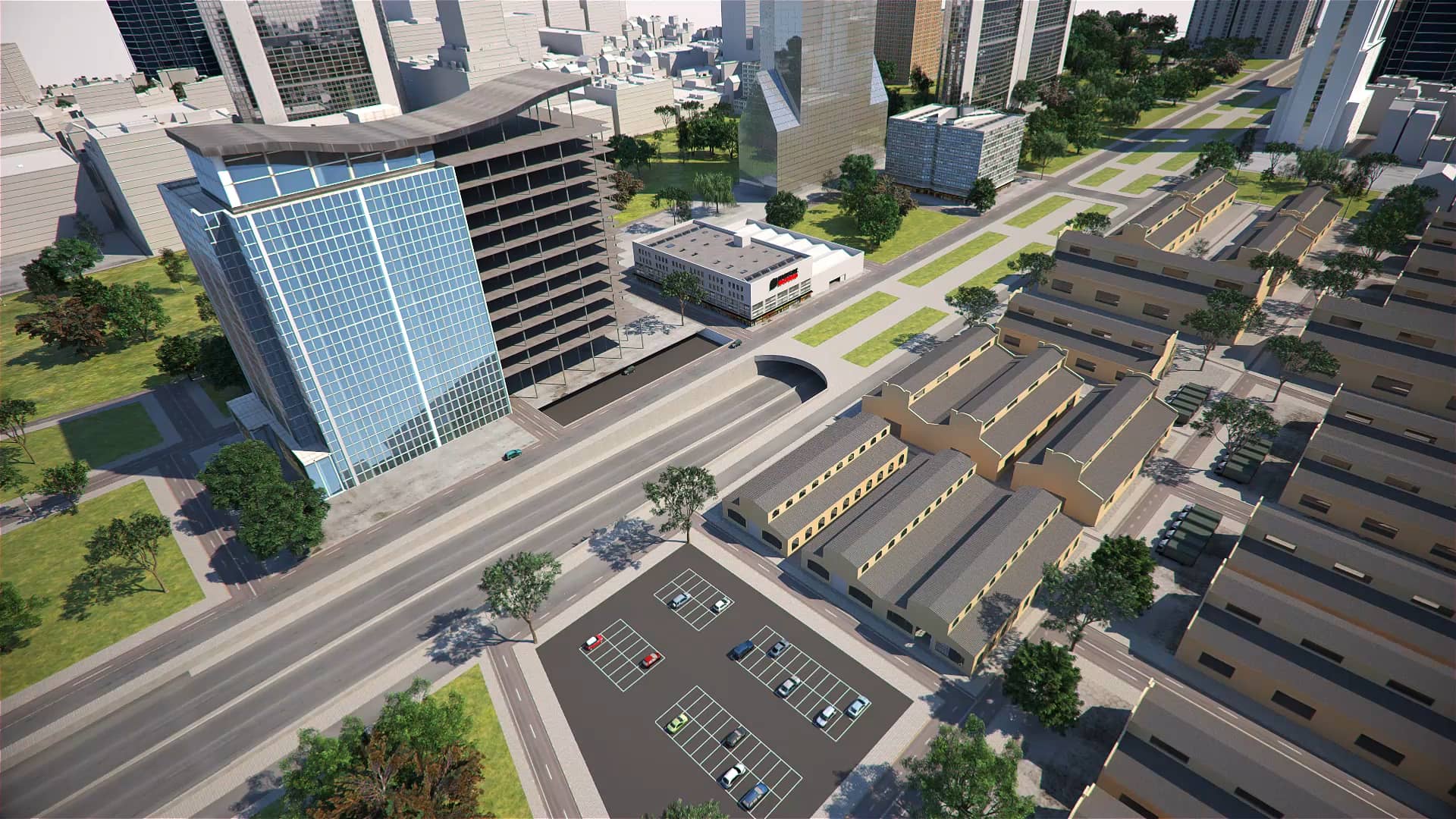
What is the Passive Fire Protection?
Generally invisible, it is silent and has no alarm, and cannot put out a fire. Nevertheless, it ensures that many lives and many buildings are being saved every year. We call it Passive Fire Protection.
The Passive Fire Protection (PFP) is defined by the means, elements and characteristics, essential to the protection of a building or a complex in order to prevent it from collapsing, keep the smoke away from emergency exit paths and protect the people during the evacuation
The three main component of PFP are the following:
1 – The protection against fire of load bearing structures: the bearing structure of a building has to resist for a determined amount of time without collapsing. This time is defined by the legislation and depends on the use of the building. The load bearing capacity is represented by the letter “R” (from resistance). If the structure does not meet the required safety criteria (for example a metallic structure), it is necessary to protect it by applying products that have been previously tested in an official laboratory.
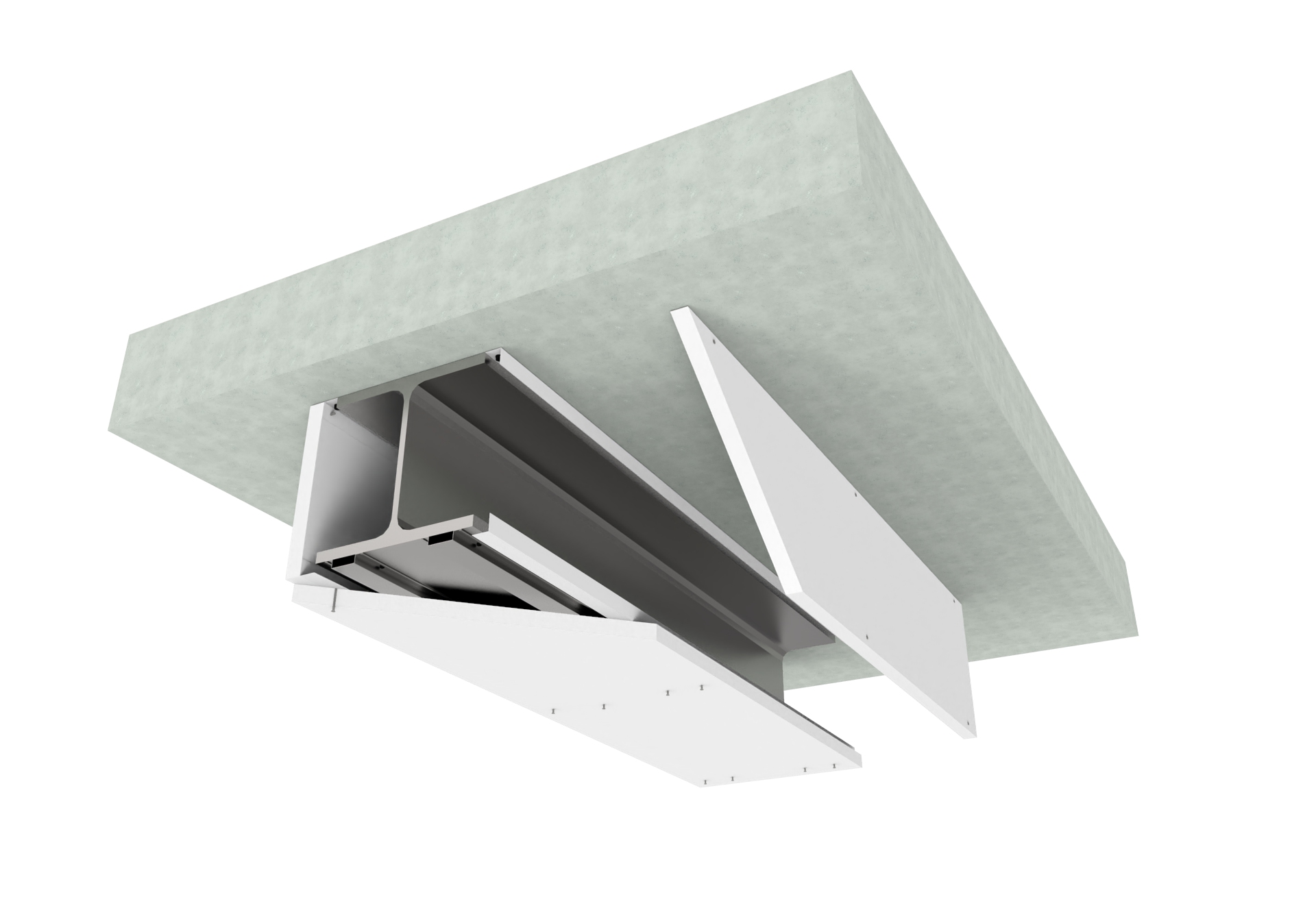
Steelwork Protection with Tecbor® pannels. Reinforced Concrete Protection with Tecbor® pannels.
2 – Sectorization and integrity: when a fire is starting, it is necessary to confine it while giving time and space to evacuate the building and minimize the material damage. This is obtained by creating different fire sectors. The dividing material can be horizontal or vertical and must resist to fire for the amount of time required by the norm. Special attention will be paid to places where installations cross from one fire sector to another.
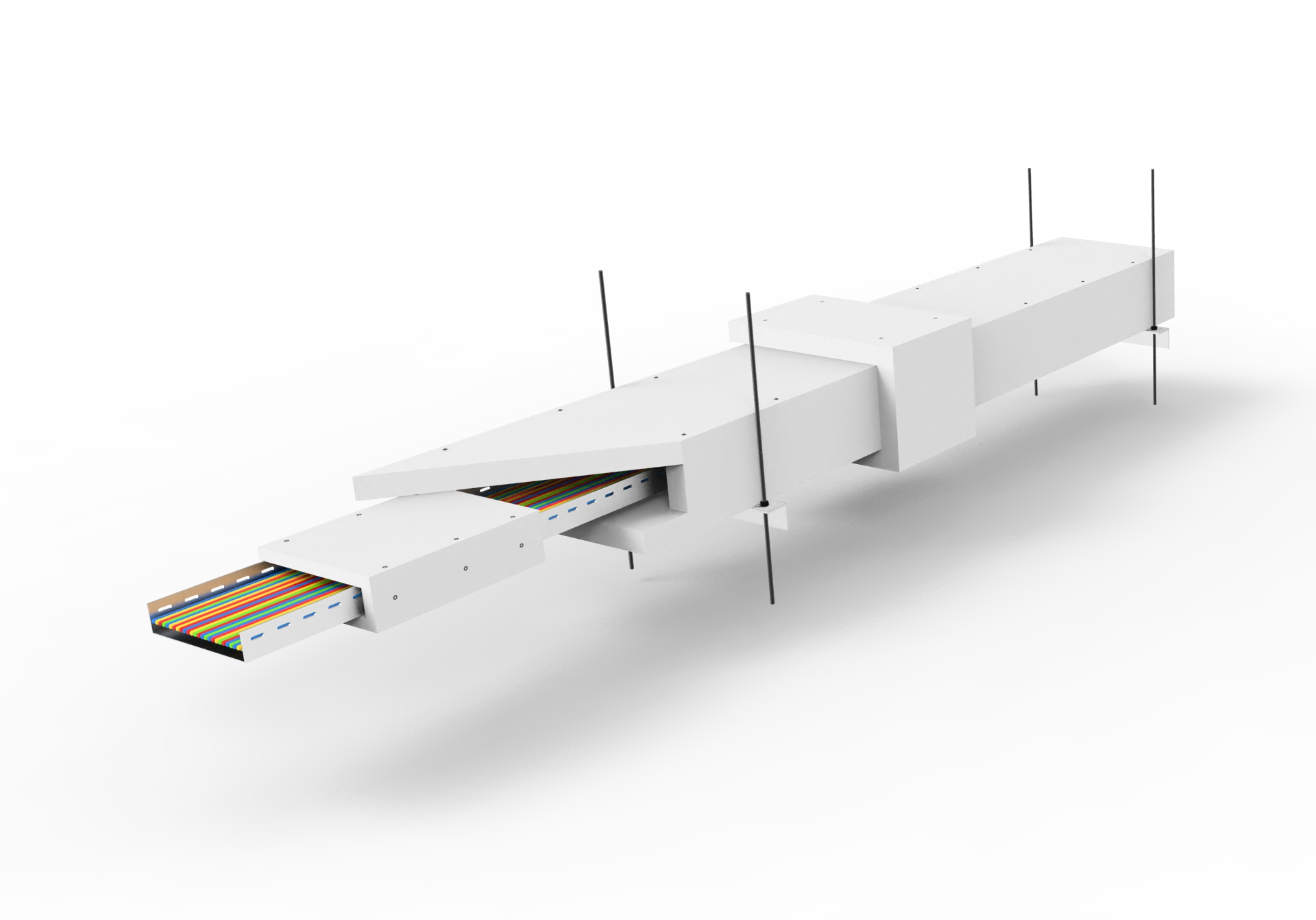
Cable Tray Protection with Tecborr® pannels. Fire Protection of ventilation and smoke stration ducts with Tecbor® pannels.
3 – Smoke evacuation: During a fire, the smoke must be either evacuated naturally thanks to smoke vents or forced out thanks to the installation of fire-resistant conducts. It will not only allow people to evacuate the building without passing through smoke-filled areas, but also allow the source of the fire to remain visible for the extinguishing teams. Finally, it ensures that the temperature remains under control and that the structure is protected. We talk about temperature and smoke evacuation control system.
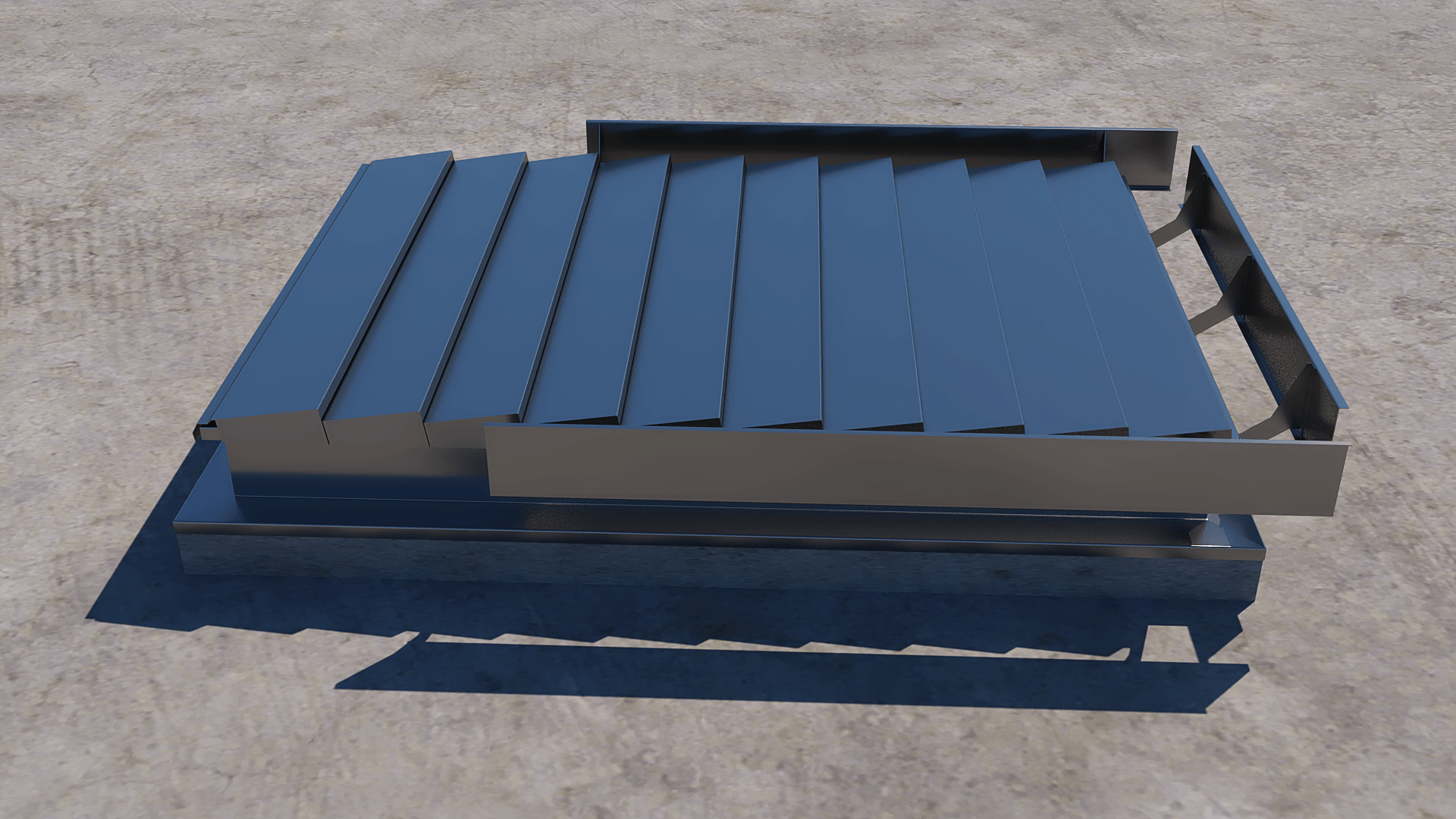
Louvered ventilator LAM Twin flap ventilator DVP
At mercor tecresa® for more than 20 years, we have been focusing exclusively on innovating and manufacturing products and systems that guarantee the Passive Protection of buildings and warehouses and that allow saving lives and reducing material damage. All our solutions are tested and approved according to European and International norms by the most prestigious official laboratories in order to ensure the standards of quality and security required by law.
